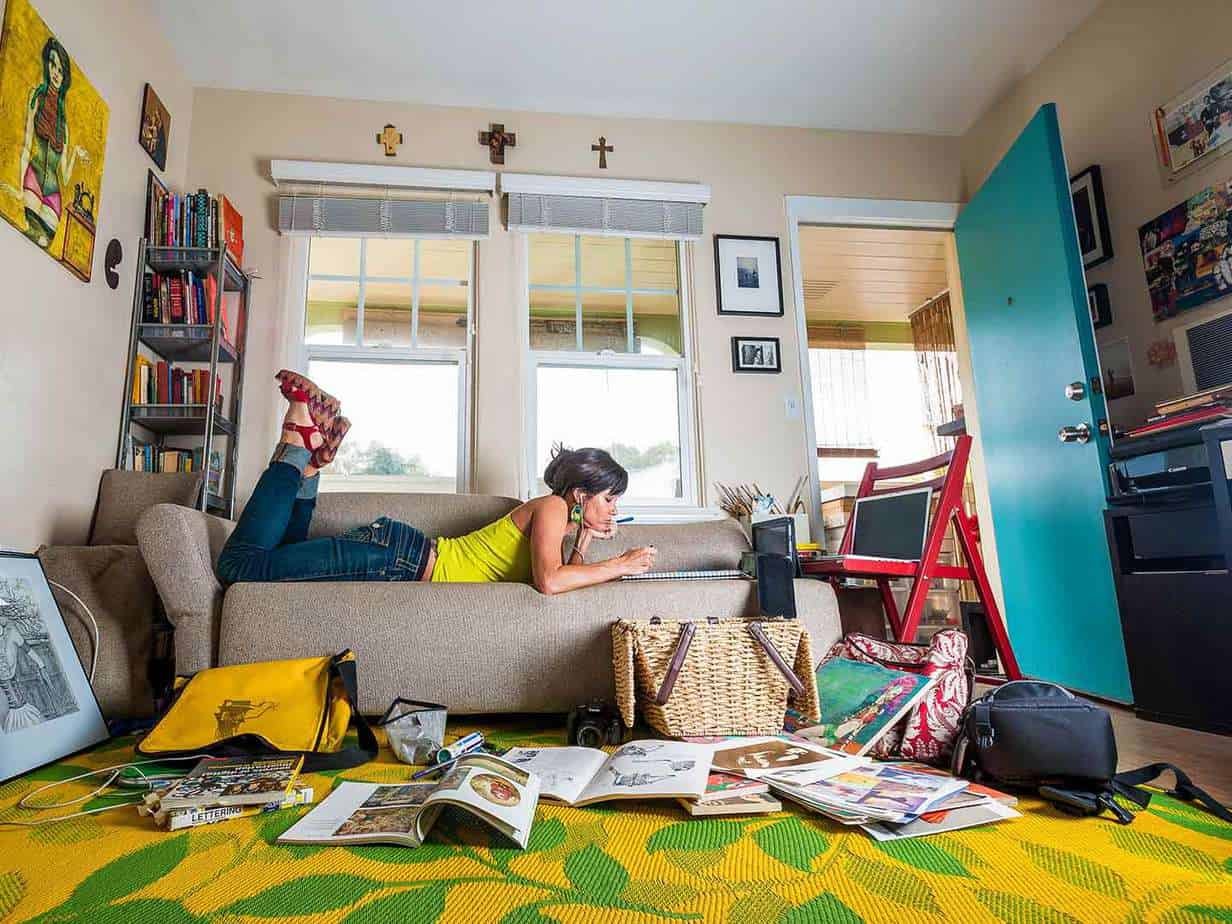
As rent consumes a growing share of household income in many cities, some people must relocate or find ways to offset rising prices. An increasingly popular way to cut costs is by adding a roommate. Nationally, 30 percent of working-age adults—aged 23 to 65—live in doubled-up households, up from a low of 21 percent in 2005 and 23 percent in 1990, Zillow reports.
"We define a doubled-up household as one in which at least two working-age, unmarried or un-partnered adults live together," Lauren Bretz explains in her post for Zillow. "For example, a 25-year-old son living with his middle-aged parents would constitute a doubled-up household, as would two 23-year-old roommates who are not partnered to each other. A doubled-up household contains people who might choose to live apart under different circumstances, financial or otherwise."
- 30 percent of working-age adults—aged 23 to 65—live in doubled-up households, up from a low of 21 percent in 2005 and 23 percent in 1990.
- Adults living with roommates or family members earn 67 cents for every dollar made by adults who live on their own (or with a partner).
- More than half (54 percent) of young adults aged 23–29 live in doubled-up households, with either roommates or family members.
Multi-family developers and landlords have the opportunity to promote their double-up offerings. They can tout their 3+ bedroom apartments and homes to Renters. The new AudienceSCAN study found Renters respond well to SEO and SEM: 29% took action based on sponsored search results (like on Google, Yahoo) in the past month.
"Some people do choose to live with others for companionship or convenience. However, our research suggests that the trend toward doubling-up is often driven by financial concerns. For instance, there is a strong relationship between doubling-up and rental affordability: In metro areas where rent drains a larger share of household income, more adults choose to live with roommates or family members. Some of the most extreme examples include Los Angeles (46 percent doubled-up), Miami (41 percent), and San Francisco (38 percent)."
"There is other evidence that doubling up is motivated by affordability concerns. The median individual income of an employed adult in a doubled-up household is $30,000, compared to the $45,000 earned by their non-doubled-up counterpart. In other words, adults living with roommates or family members earn 67 cents for every dollar made by adults who live on their own (or with a partner). This suggests that in many places, employed people who currently live in doubled-up households would not be able to afford rent if they lived by themselves."
Advertisers can focus on the affordability of living with roommates. Renters are reviewing pre-roll. The latest AudienceSCAN survey showed 19% took action after watching pre-roll video ads (the video that plays before the video you want to watch) in the past month.
"Since 2005, the share of adults doubling up has increased year-over-year in every age bracket. But the share of twenty-somethings (aged 23 to 29) living in doubled-up households has climbed faster than any other age bracket, from 39 percent to 54 percent in just 11 years."
"At first glance, this trend might be attributed to more unemployed young people living at home with their parents. However, the likelihood of doubling up has increased at the same rate among employed and unemployed adults since 2005, regardless of age. A more likely hypothesis is that young people are especially likely to be underemployed: Despite high education levels, many twenty-somethings work in relatively low-wage jobs, rendering some of them unable to afford escalating rents on their own."
AudienceSCAN data is available for your applications and dashboards through the SalesFuel API. Media companies and agencies can access AudienceSCAN data through the AudienceSCAN Reports in AdMall.
